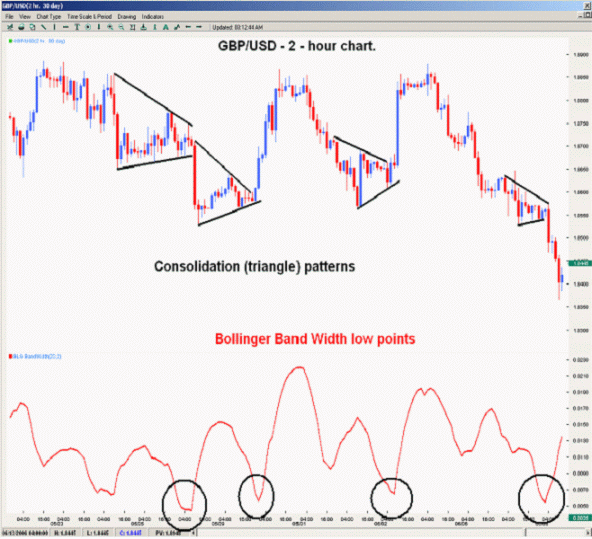Playing MACD Double Top Divergence
Although this concept is quite widely
applied, its inherent value is worth repeating.
As the market enjoys a trading range between its
relative support and resistance levels the
market will reverse direction at specific points
tempting each of us to find a way to isolate
those great entry points, where the potential
reward far exceeds the risk, providing us with a
favorable risk to reward ratio. Traders hold
these situations with very high regard because
we are able at times to increase the position
size, as our risk can be paired down to a
minimum while our possible return could
significantly improve our overall account
equity. So the question remains, how can we find
these spots on the chart on a consistent basis?
As the market reaches and reverses direction
at these critical price levels, we may see the
emergence of a 'double top or double bottom'
pattern. This occurs when the market tests and
fails to break above (or below) a specific level
at least twice and then subsequently reverses
course. Let's take a look at a typical double
top pattern. At times the market will break
above this double top and continue to higher
highs, while other times the market will in fact
return to a lower price level from which it
came. So far we have found a way basis to make a
trade, but we still lack a qualifier or an
outside source of information that will keep us
far away from the losing trades, and allow us
the chance to benefit from the winning trades.
Although no single technique is proven accurate
all the time, we can improve our success ratio
by simply adding a popular technical indicator
such as the MACD. The MACD histogram (in this
example) measures the relationship between two
exponential moving averages; 12 and 26-periods.
How to apply this indicator: As the market
tests a certain price level for the second time,
we should simply note the position of the MACD
histogram. If the histogram registers a lower
high while the market attains at least a similar
high price, this shows us divergence, or in
other words, a disagreement between the
indicator and the market's price action it
measures. On the other hand, if the MACD
histogram reaches new highs as the market tests
its high barrier, this convergence may indicate
a likelihood of a continuation to the upside.
When we spot MACD divergence as the market's
trading at its highs, traders may consider
selling short just below resistance with
protective stops placed above the recent highs
of this infamous double top. Once again, by
doing so, our risk can be kept to a bare minimum
while our potential profits remain significantly
higher as the market confirms our reversal
suspicions.
 |